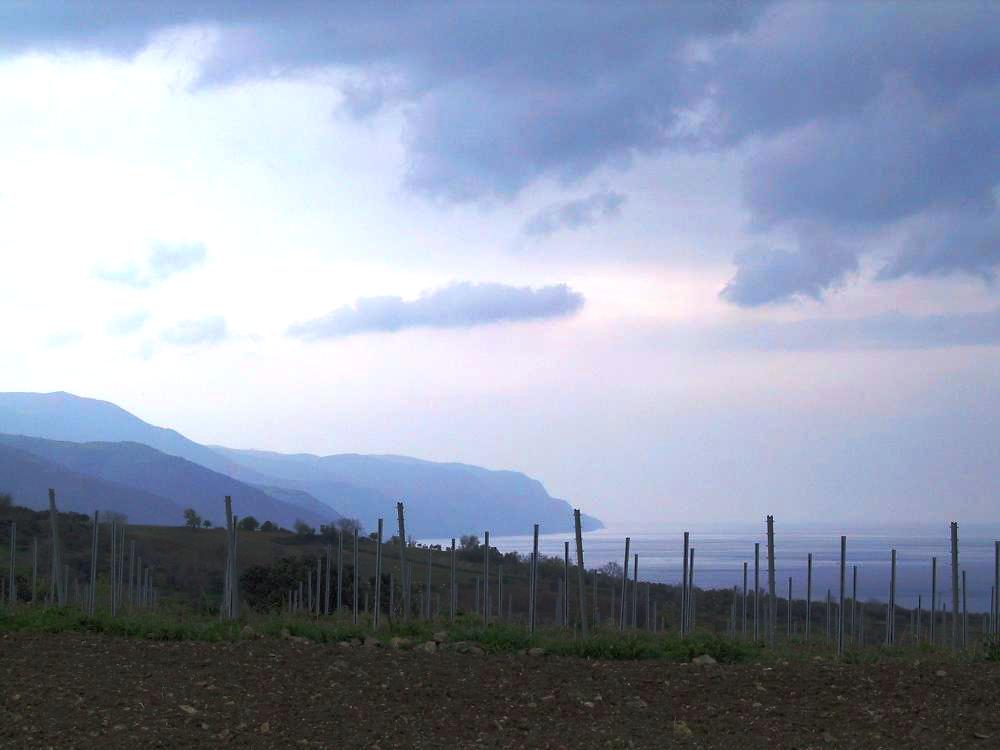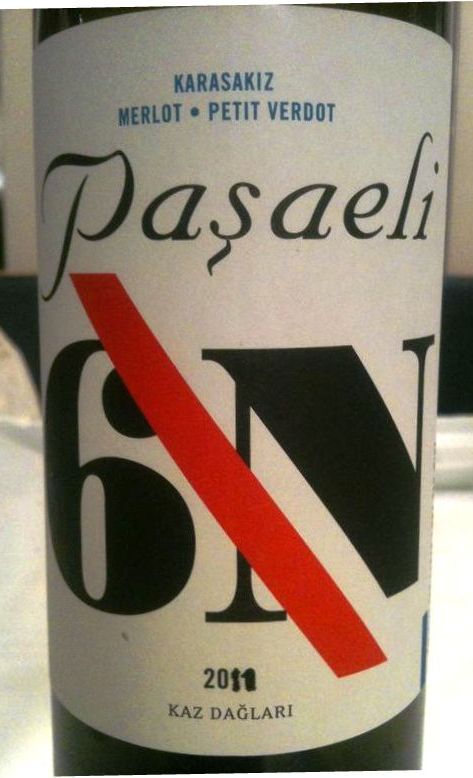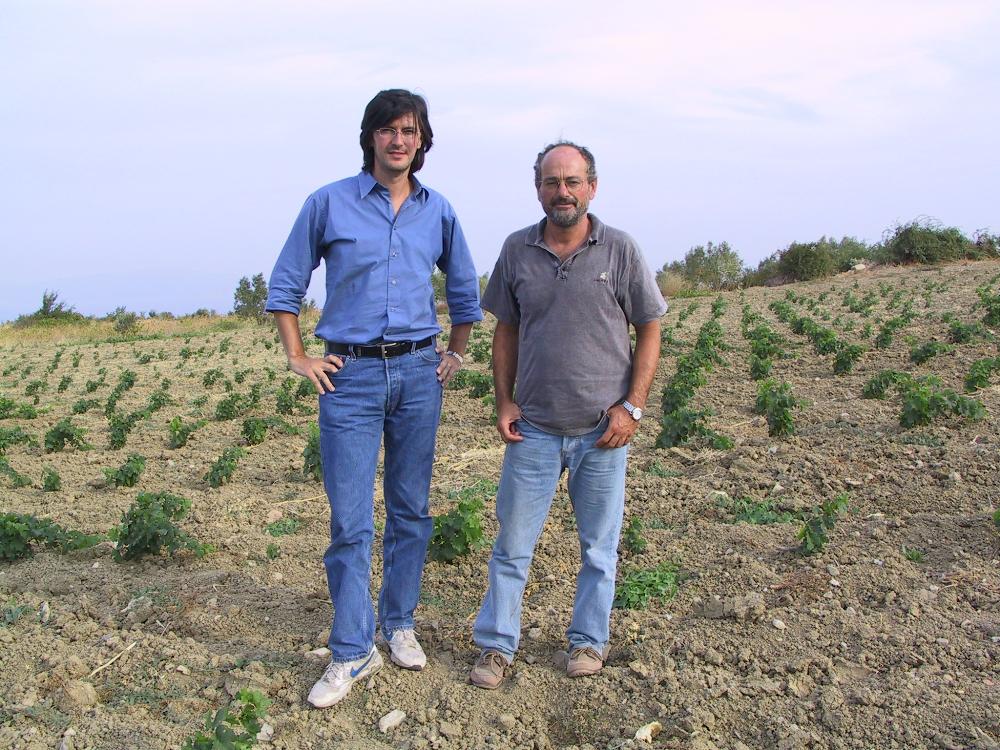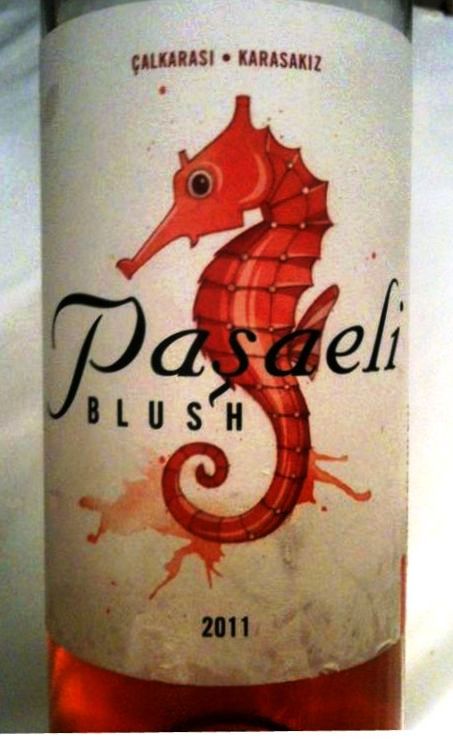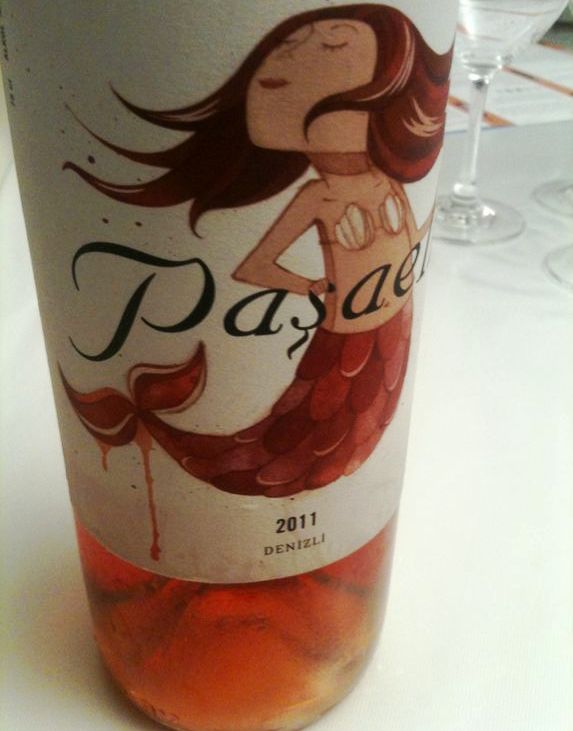Paşaeli: Turkish star
Posted on 23 November 2012
So I went to Turkey for 5th European Wine Bloggers’ Conference. I tasted 200 Turkish wines including from the big commercial wineries and from the smaller boutique wineries. Now I can hear you saying: “OK, these are probably nice wines, but nice just for being Turkish”. The sort of wine you’d drink happily during a holiday on the beach, but that cannot compare with ‘real’ wines from France or Australia.
Well, the opposite is true about Turkey. There are certainly several world-class estates in this emerging country. And one winery that would be just as exciting if it operated in Italy or Spain is Paşaeli. I’ve been really impressed by these wines, and would gladly drink them more often.
Paşaeli was founded in 2000 by Seyit Karagözoğlu, a successful businessman who also set up a wine import company. The first 5 hectares were planted in Kaynaklar near Izmir, in the warm Aegean region of Turkey that specialises in rich red wines. This was followed in 2003 by another vineyard near Tekirdağ, an important viticultural area on the European shore of the Marmara sea: this area is cooler, allowing for a longer ripening of grapes, and making some good white wines too.
Paşaeli is fascinating, and representative of modern Turkey, in the way it reconciles the local and the imported. The flagship 2008 Paşaeli, blending Cabernet Sauvignon, Franc, Merlot and Petit Verdot with 2 years in oak, is a monster competition wine with a black colour and almost solid concentration that could just as well come from Australia, southern Spain, or Argentina. It has the advantage of being very fairly priced at 50TL (22€), but is not for the faint of heart. The second label is K2, and there are two wines under the Serena label, 2010 Cabernet Merlot and 2010 Shiraz, which are also very big and rather international in style (not necessarily in a bad sense).
But Seyit Karagözoğlu and his Italian konsultant, Andrea Paoletti, are also dedicated to preserving the wealth of indigenous Turkish varieties, and grow some of the country’s most obscure grapes such as Kolonko, Sıdalan, Karalahna or Yapıncak (some are produced in just 300 bottles per year!). The 2011 Yapıncak was certainly one of the more engaging white wines I tasted in Izmir, peary and floral with a firm, sappy, crisp palate. The very tannic Karalahna is blended with Merlot while Karasakız, originating from the northern Aegean, dominates the blend of the 2011 6N, an interestingly light-bodied, acid-driven, stylish red that I would almost imagine chilled with seafood.
Although for the latter, two even better matches are the rosé wines: 2011 Blush and the slightly heftier, chiaretto-styled 2011 Çalkarası. Çalkarası is another limited local grape from the Aegean shore, often grown at pretty high elevations, that lacks major body or tannins but has a delicious crisp fruitiness and impressive depth of flavour. Other than being very well vinified, this wine also has plenty of uniquely Turkish style, and was perhaps my biggest discovery of this trip.
Talking to Seyit Karagözoğlu was like meeting the modern, cosmopolitan, forward-looking face of Turkey, where wine is deeply engrained into the local culture, people are open-minded, widely travelled and fluent in foreign languages, and the country boasts an impressive pool of ancient grape varieties that is a major asset for the future of Turkish wine. It might not be representative of the country as a whole, where the vast majority never drinks wine (or any alcohol for that matter; 78% of adults are abstainers, according to the WHO), and the per capita consumption remains at a miserable 0.3 liters (!). But looking at the stunning label design here and enjoying the raspberry bite of Çalkarası, I felt Turkey is well part of the Old World wine universe.
Disclosure
I attended the European Wine Bloggers’ Conference in Izmir thanks to a scholarship from the EWBC Scholarship.


